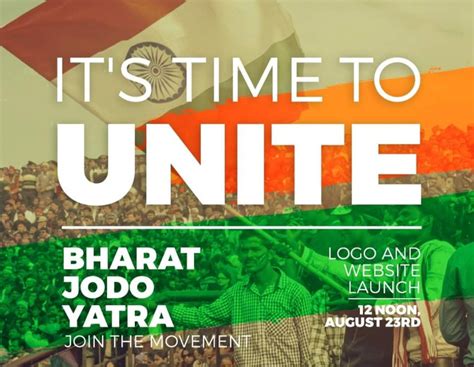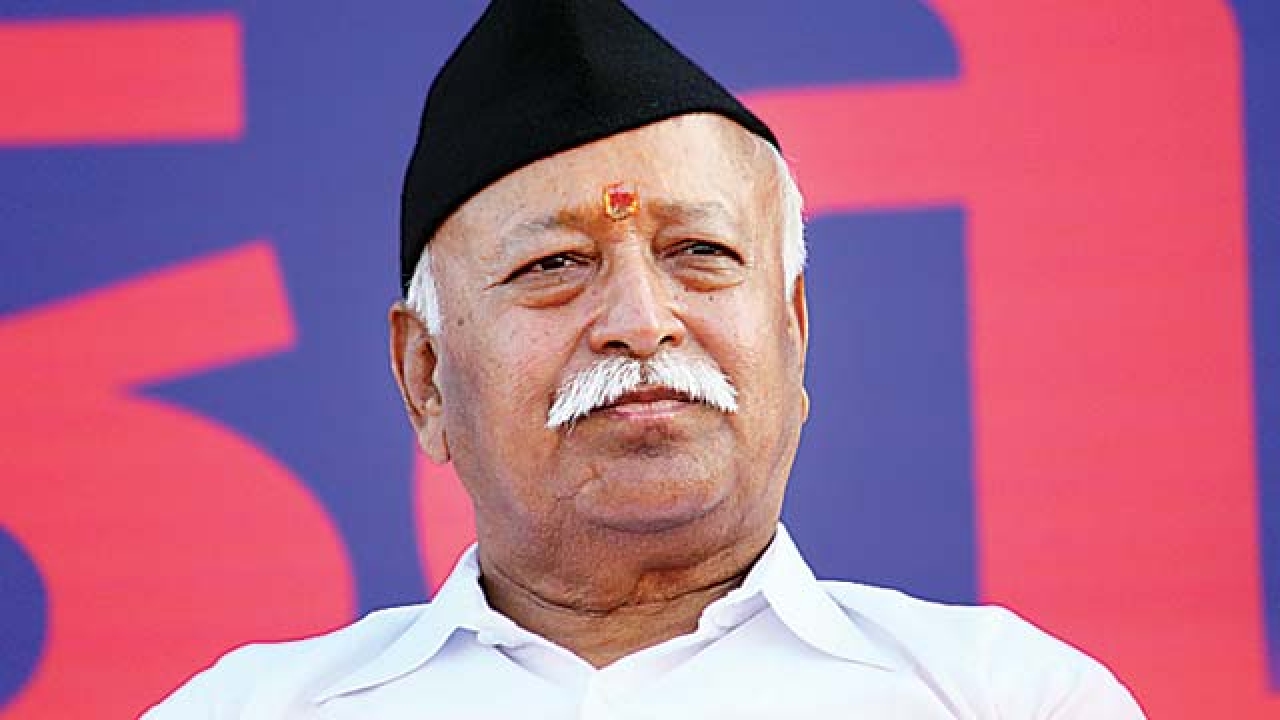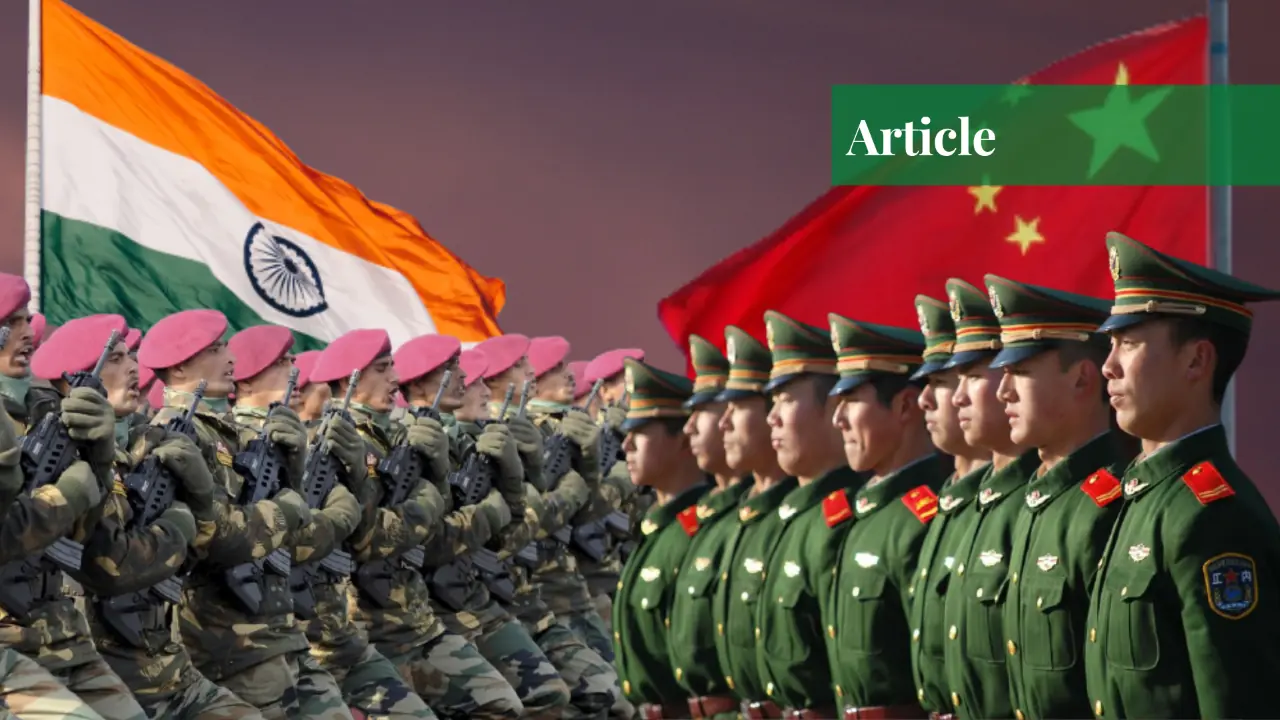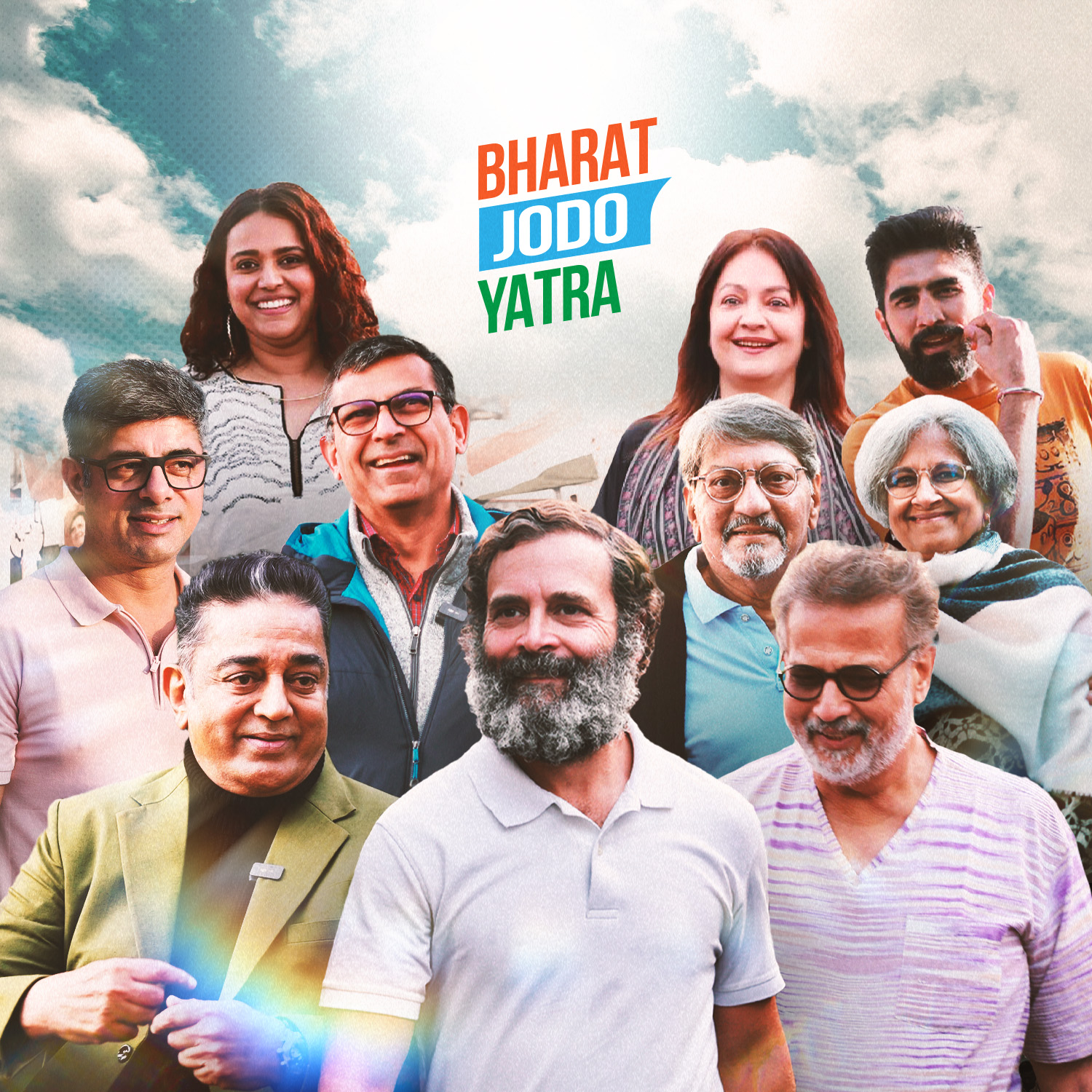The challenges India confronts in demonstrating to the world that it is “such a rich and vibrant democracy of the globe,” in the words of the Prime Minister, as Chairman of the G-20 group, are made clearer by new evidence every day.
Ordinary folks do not create obstacles; rather, the central government and officials at all levels of the ruling party do so. Just consider the most recent instances of Bollywood and political activity, which come from distinct but not necessarily remote realms.
The first instance is the warning made by Madhya Pradesh’s Home Minister, Narottam Mishra, who is not a fringe group. He was referring to a song performed by Shah Rukh Khan and Deepika Padukone in the upcoming film Pathaan. “The sequences represent a tainted mentality,” the BJP minister is heard telling reporters. “I would suggest that the scenes and her outfits are corrected, or else it would have to be examined whether the film can be exhibited in Madhya Pradesh or not.”
In the same sentence, he referred to Padukone as a supporter of the “Tukde-Tukde gang,” a reference to Padukone’s unexpected visit to the struggling JNU students in January 2020, following their brutal attack on the campus by masked men, which left Aishe Ghosh, the elected student union president, with serious head injuries. Indians showed their support for the weak young woman after seeing the photo of her with her head tightly wrapped yet unbowed. The Minister appears to be in the camp of the young woman’s attackers; otherwise, why would he complain about Padukone’s expression of sympathy?
It’s bad enough with moral indignation and policing. After all, India does have a National Film Censor Board. The movie is set to be released after receiving censor board approval. So who gets to decide whether or not a movie is shown? The minister? The fact that his moral outrage about attire is such a complete fabrication makes it much worse. Is it unlawful to wear a bikini in India? Why be so picky? Other movies with actors wearing somewhat comparable attire, like a recent film with a current regime favorite called “Dhaakad” or the movie with the only Bollywood star selected to interview the Prime Minister, whose co-star in a 2019 movie wore the same kind of swimwear that is now considered “highly objectionable,” did not elicit any criticism, much less a threat.
The threat could be made for more nefarious reasons. The star of “Pathaan” is Shah Rukh Khan. Following Minister Mishra’s remarks, the army of skilled trolls immediately began a campaign against the movie that alternated between demands for a ban and calls for a boycott. A widespread view of who the minister’s threat was intended to harm may be seen by reading the posts. “If you want to talk about desh bhakti, you can’t title your movie Pathaan,” a man is heard saying in a YouTube video. Other people are even more explicit in their communal interpretation, making remarks that are so obscene that they cannot be published here. Surely the minister is aware of this initiative. His sustained quiet may suggest involvement, if not approval. A violent campaign was started against an Aamir Khan-starring movie only a few months ago. It was based on a Hollywood picture that received an Oscar, but because Aamir Khan was involved, it was targeted in India, which is said to have hurt the film’s box office performance.
The consequences of these changes and the threat they pose should be taken seriously by Indians who value democracy. During the infamous McCarthy era in the United States, Hollywood celebrities who were seen as critical of the government were falsely accused of being communists — the equivalent of the “Tukde-Tukde Gang” claim — and effectively barred from the industry. Recent events in this regard also suggest that, even if Bollywood artists may not be critical of the regime, it is their name that matters when designating them and their work as targets to undermine their success.
The Bhima Koregaon case serves as the second illustration. 16 people have been detained in this case under the harsh UAPA and have served between two and four years in prison. Of the 16, three are out on bond, one is under home arrest instead of incarceration, and one has passed away. Father Stan Swamy’s bail was strongly opposed by the National Investigating Agency, which had taken over the investigation. His death last year was nothing less than a custodial murder because he was over 80, fragile, and ill, and was not provided with even the most basic services in jail.
Father Stan Swamy used a computer between the years of 2017 and 2019, and last week, a well-known and well-respected forensic investigating company by the name of Arsenal Consultants discovered that up to 40 files were planted by hackers on that computer; he had not at all visited those files. The forensic investigation also discovered incriminating evidence that the hackers attempted to remove all traces of their activities a day before he was arrested by the Pune police, proving they were aware of his upcoming arrest and the takeover of his laptop. The alleged proof against the deceased priest and the other co-accused parties in the case is disproven by this. Stan Swamy shouldn’t have been put behind bars. He may still be alive today had he not done so.
Previous accounts of forensic investigations on the devices used by two other defendants have also exposed the planting of fake emails using Pegasus spyware-related technologies, which were subsequently used as “proof” against them. These fake, planted emails, which the defendants were not aware of and never accessed, form the cornerstone of the whole case. The reputations of the accused, who include attorneys, academics, novelists, and artists, as well as other professions, have been viciously tarnished. They have been maligned as anti-national and urban Naxals. All are based on forgeries of letters and other documents.
The forensic results would be taken seriously, a fair investigation would be conducted, and at the very least, the accused would be granted bail under any democratic government that had even a modicum of regard for individuals’ rights and civil freedoms. Instead, one of the largest cover-ups in recent history has occurred as a result of the NIA and the central government’s utter disregard for these findings.
What is to stop the organizations in charge of this operation from utilizing the same technology to hack into the devices of opposition leaders and insert stuff there if it can happen in the Bhima Koregaon case? The forensic investigation’s conclusions have been made public. The reports have appeared not just in Indian media but also in publications throughout the world. How does this relate to India’s portrayal as a wealthy, active democracy?
Can women and men be imprisoned in a “rich and flourishing democracy” based on false evidence? Can threats and intimidation against filmmakers and artists be tolerated in such a democracy? These are issues that India and its people must deal with, and the pomp and circumstance of G-20-related event planning cannot hide them.
The views expressed in this article are the author’s own and do not necessarily reflect Indography’s editorial stance.








